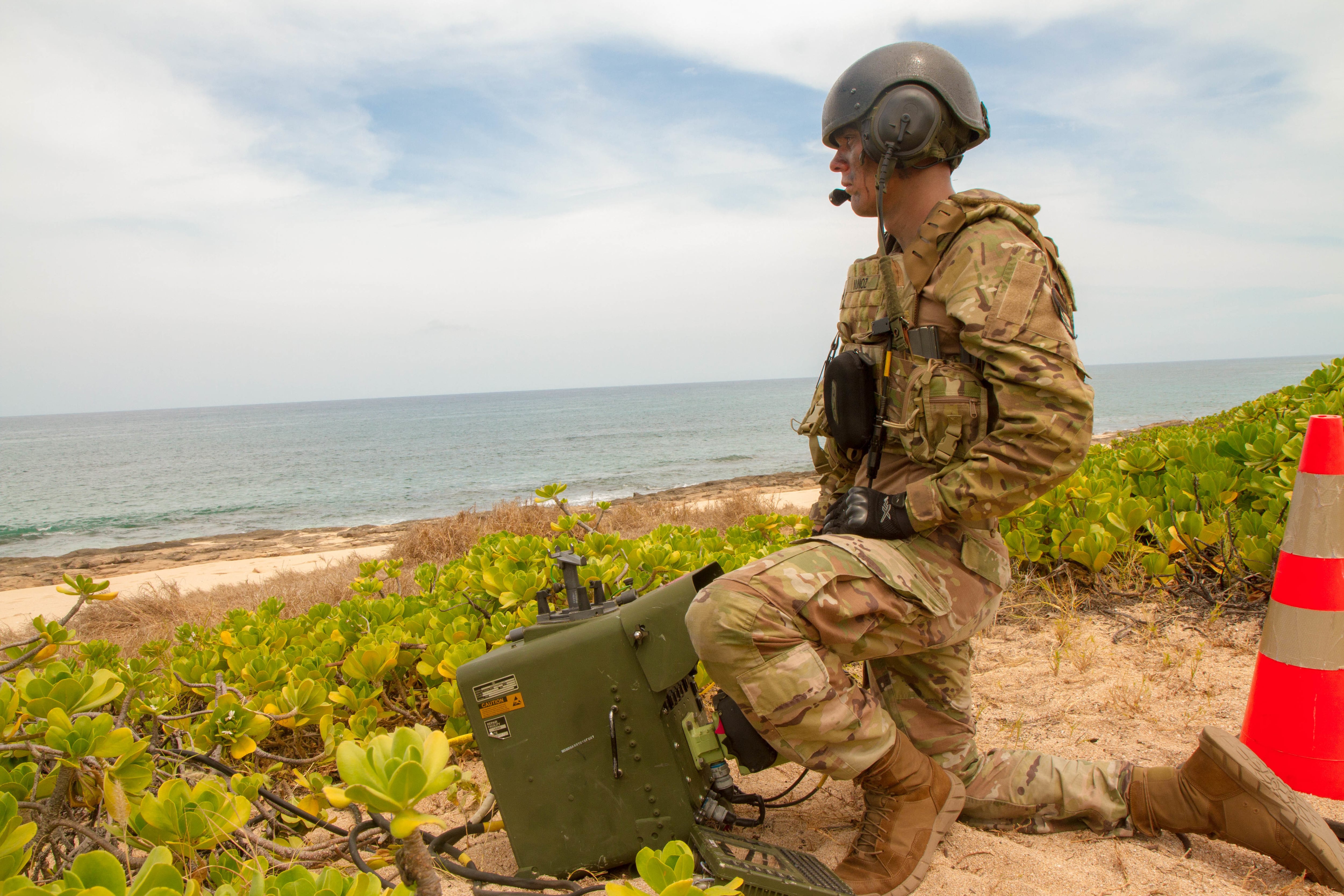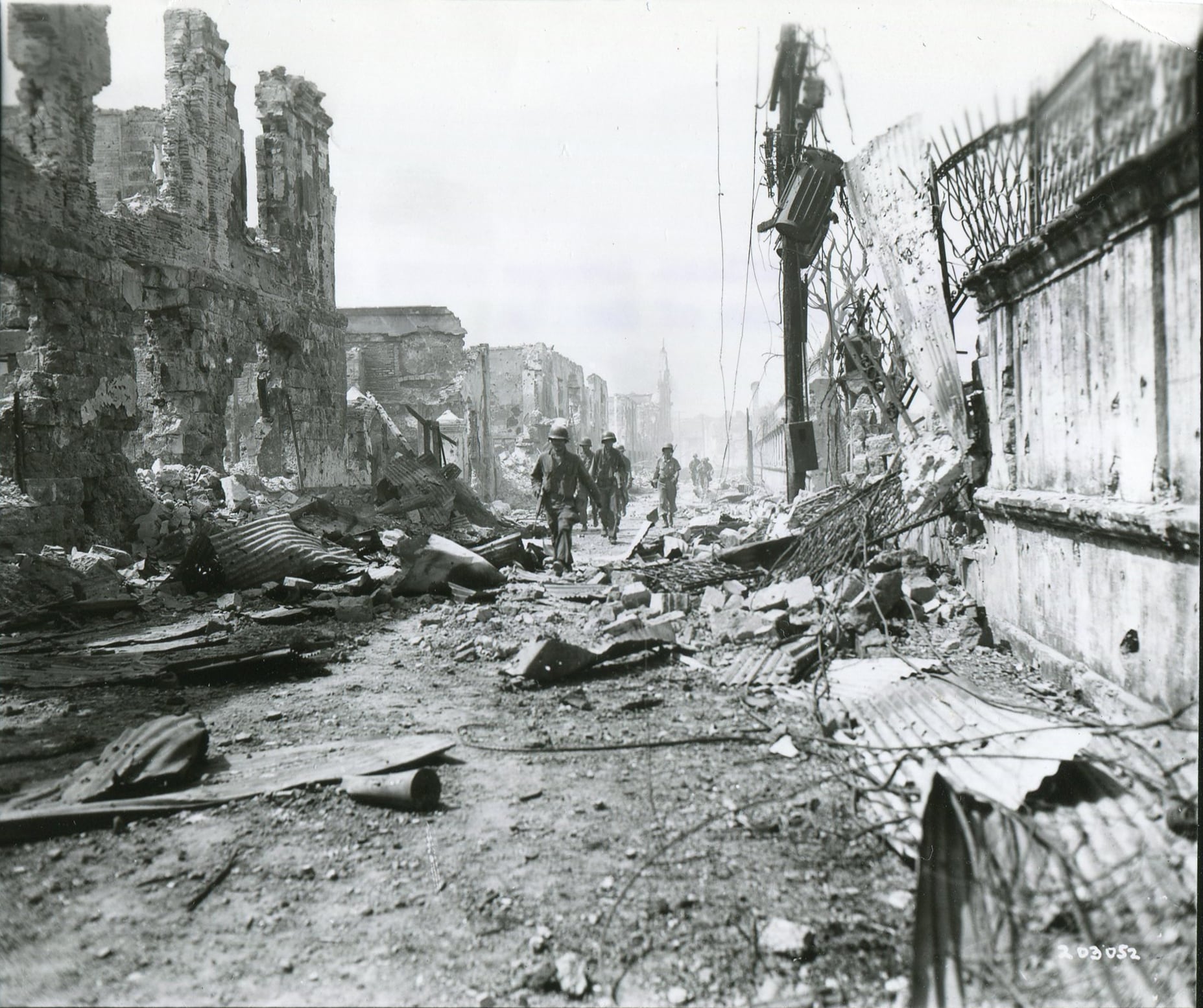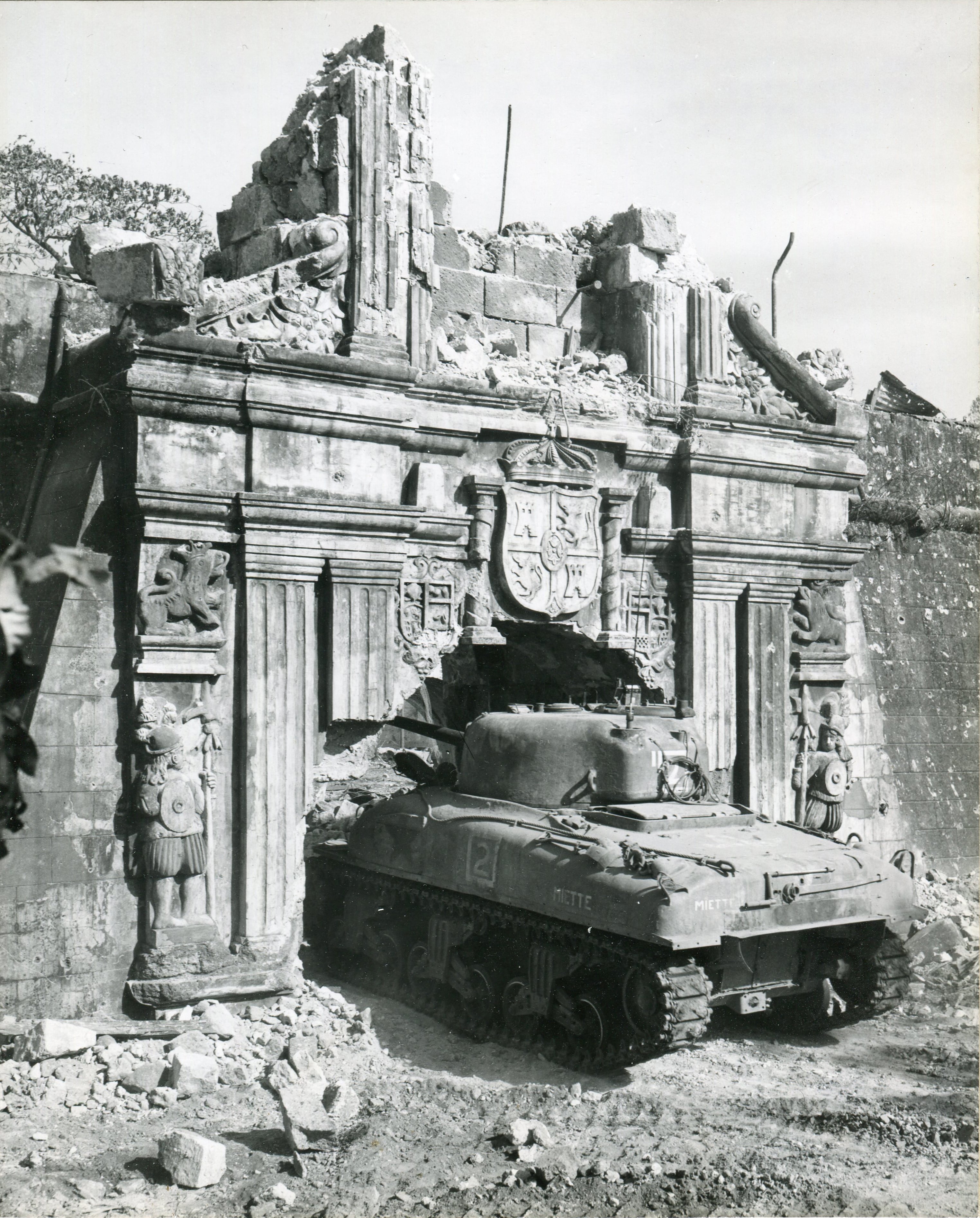ARLINGTON, Va. – An island invasion followed by a “bloody brutal urban brawl.” It’s one piece of a larger Pacific fight against a peer adversary that spread its control across the region, thwarting U.S. military might.
The future fight against China or echoes of the past?
This week marks the 75th anniversary of the Battle of Manila, an often overlooked fight that saw some of the war’s worst atrocities, heaviest urban combat and the U.S. Army diving into a Pacific island campaign that stretched across the theater.
James M. Scott, author of “Rampage: MacArthur, Yamashita, and the Battle of Manila,” shared the devastating history of what happened in Manila near the end of World War II with attendees at an Association of the U.S. Army lecture here Tuesday.
Scott called the battle a “case study” for current leaders to learn from for urban fighting in the Pacific.
RELATED

In recent years, top Army leaders have warned that future fights may happen in dense city centers. They have increased rotations added weapons systems and planning to counter China’s military in the Pacific region.

The Army, along with the Marine Corps, has increased exercises with foreign partners, including the Philippines, also to counter China.
A lot of the military’s memory of the Pacific campaign during World War II focuses primarily on island fighting such as New Guinea, Tarawa and Iwo Jima, which began in the midst of the Manila fight.
While researching the book, Scott read a number of personal journals of staff officers who began wondering whether they would face a similar struggle if required to invade Japan and take Tokyo or retake Hong Kong from the Japanese military.
During the 29-day battle that ran from Feb. 3 to March 3, 1945, more than 35,000 U.S. soldiers fought. When it ended, more than 1,000 Allied troops had died, 5,656 were wounded and an estimated 16,000 Japanese had been killed or killed themselves rather than surrender.

But those numbers pale in compariosn to the estimated 100,000 civilians killed in retaking the former “Pearl of the Orient.”
Army Gen. Douglas MacArthur escaped the city in 1942 but vowed to return. He commanded forces that first landed north of Manila at Luzon and fought their way 100 miles south to the urban center.
Initial intelligence appeared to show that the Japanese were leaving the city. Some of the forces did leave to fight a guerilla campaign in the hills and jungles. But a substantial number remained and went about fortifying the city against American forces with man-made barricades at intersections, booby traps and heavily-guarded buildings.
They also began to commit some of the worst recorded atrocities in the Pacific theater. Mass executions, beheadings, infanticide and gang rapes were reported by survivors. Evidence gathered in the wake of the fighting led surviving Japanese commanders to be charged with war crimes.
Thousands of captive Americans and others, who’d been under Japanese control for the previous three years, were starving to death, praying for the Allies to return to the city to free them.
High level strategic plans considered bypassing Manila as Allied forces continued their island-hopping campaign to close in on mainland Japan and force its surrender.
But MacArthur and others were determined to retake the city.
Scott told Army Times that hundreds were dying of starvation in the weeks leading up to the battle and an even greater humanitarian crisis would have occurred had the Army not arrived when it did.
As the Army sets its sights on the Pacidic, leadership announced a new division-sized deployment to the Pacific last year, in addition to nearly doubling the number of soldiers taking part in the established Pacific Pathways program that trains with allies in the region. Those rotations will remain deployed there as long as six months, rather than the one to three month deployments of the past.
As part of that program, soldiers deployed to the island of Palau for the first time in 37 years last year. The island is one of the more sizable east of the Philippines.
Many facets of the month-long Manila battle remain lessons for current commanders: Any urban campaign will see civilians in the crossfire. A determined enemy can drag out the fighting using the terrain.
In 2017, a much smaller, dug-in force of Islamic State-affiliated terrorists that had taken control of portions of the Philippine city of Marawi resulted in a five month siege of the city that destroyed much of the infrastructure, displaced more than 1 million civilians and left more than 1,000 dead.
Todd South has written about crime, courts, government and the military for multiple publications since 2004 and was named a 2014 Pulitzer finalist for a co-written project on witness intimidation. Todd is a Marine veteran of the Iraq War.





